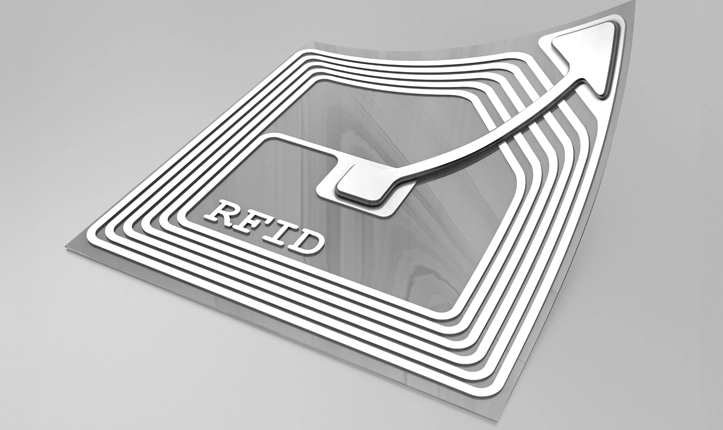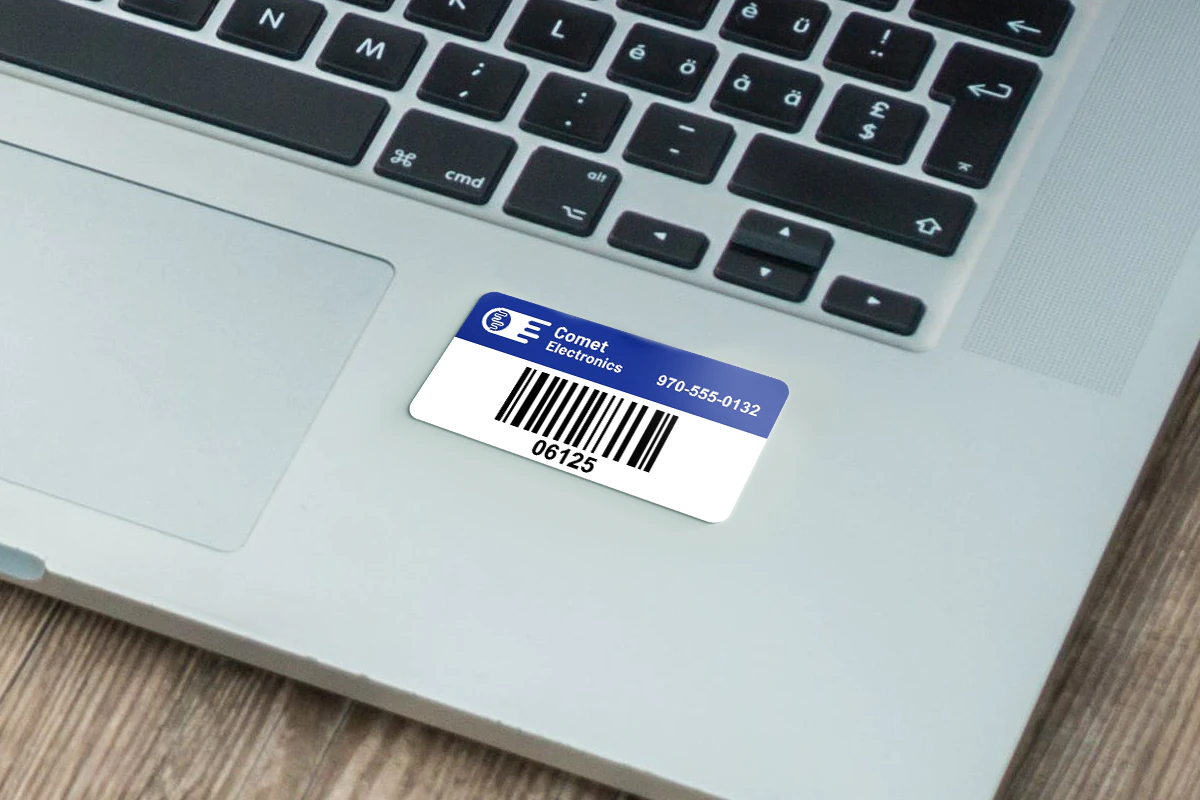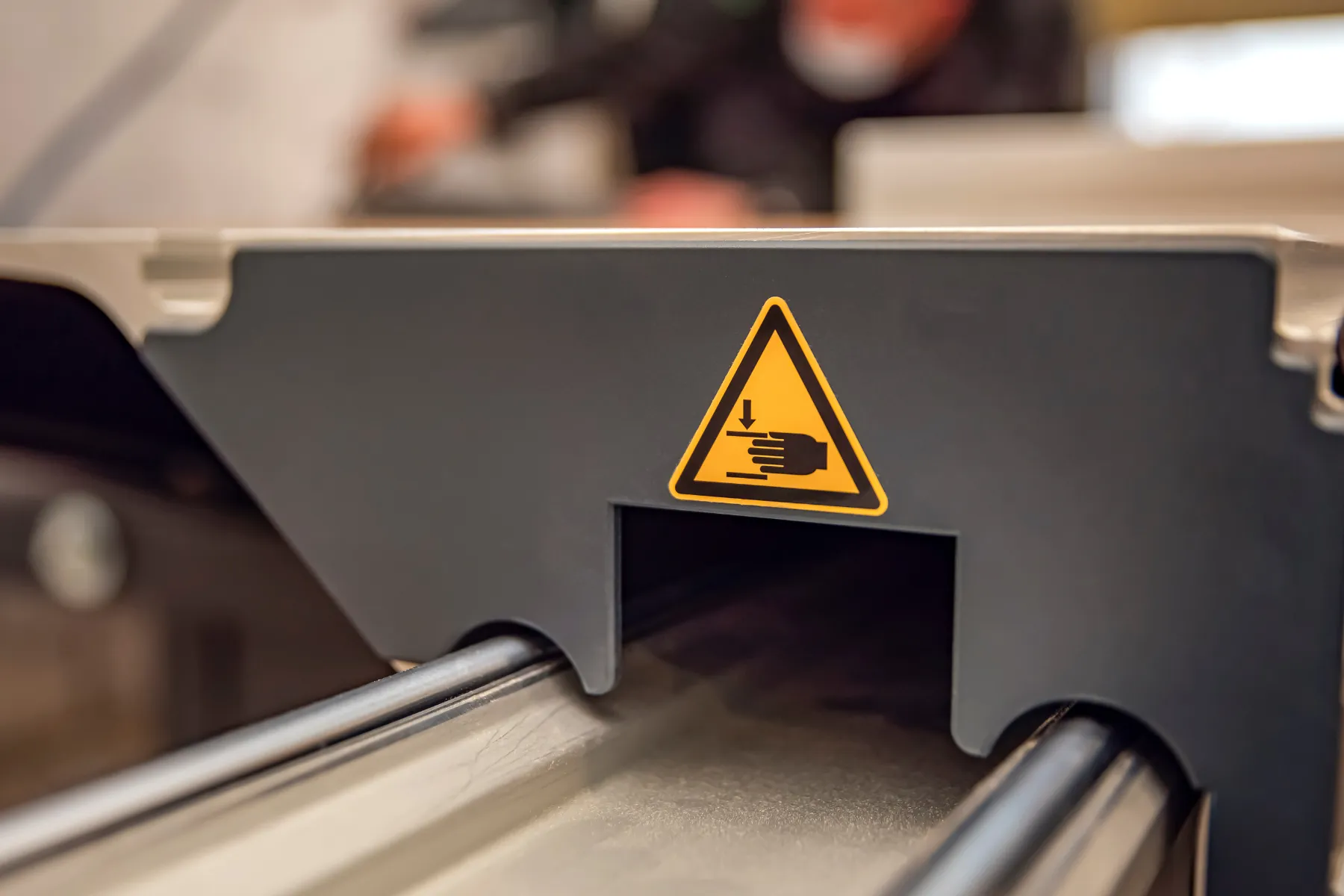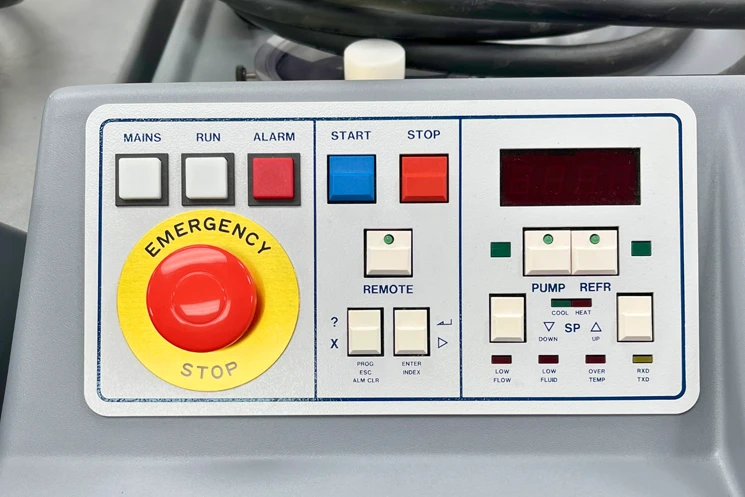In 2025, the labeling industry is seeing major changes with a focus on sustainability, smart technology, and efficiency.
New labeling trends, like RFID tags, NFC tracking, and eco-friendly materials, are helping brands improve their impact on the environment and create better experiences for consumers.
Whether it’s through biodegradable materials or compostable product labels, companies are rethinking how they label, track, and package products.
Here’s a look at the top innovations in label technology for 2025 and how they’re shaping the future of labeling.
RFID and NFC Labels for Smarter Tracking
Tracking and inventory management are becoming more advanced with RFID labels and NFC tags. These smart labels allow businesses to monitor their products at each step of the supply chain. By using RFID or NFC labels, companies can track products in real time. They can also collect important data without needing a direct line of sight.
RFID Tags for Efficient Inventory
RFID tags (Radio Frequency Identification) contain a small chip that stores data. When scanned, RFID tags send information to tracking systems, making it easier for companies to manage their inventory. RFID technology helps businesses track items from production to delivery, reducing the chances of lost products and improving efficiency.
RFID labels are commonly used in retail, warehousing, and logistics. For example, a retail store can use RFID tags to monitor stock levels and quickly update inventory. This technology helps companies save time and reduce errors, making inventory management more accurate and cost-effective.
NFC Tags for Consumer Interaction
NFC tracking (Near Field Communication) is similar to RFID but works at a shorter range, allowing consumers to interact with products using their smartphones.
Customers can tap an NFC tag on a product label. This lets them access extra information. They can learn about the product’s origin, ingredients, or special offers.
NFC tags are particularly useful for high-end items, where customers want more information about quality and sourcing. For example, a bottle of wine with an NFC tag can offer tasting notes, vineyard history, or food pairing suggestions. This kind of label provides an interactive experience that connects customers to the product.
Eco-Friendly and Biodegradable Labels
In 2025, more brands are focusing on sustainability and reducing their environmental impacts. Consumers are increasingly aware of how products and packaging affect the planet, and they expect brands to use environmentally friendly materials.
Eco-friendly labels are an important part of this shift, helping companies reduce greenhouse gas emissions and use fewer natural resources.
Compostable Labels for a Greener Choice
Compostable labeling is an eco-friendly option that breaks down naturally without harming the environment. These labels are made from materials that decompose in composting conditions, like certain types of paper or plant-based plastics. Compostable labels are ideal for brands that want to minimize waste, especially in industries like food and beverage.
Using compostable labels alongside compostable packaging creates a complete compostable product that aligns with green goals. This trend is part of a larger movement toward waste reduction and better waste management.
Biodegradable vs. Recyclable Labels
While both biodegradable and recyclable labels are sustainable, they work in different ways:
- Biodegradable: These labels naturally break down over time, reducing landfill waste.
- Recyclable: These labels can be processed and reused, creating new products from recycled material.
Choosing the right type of eco-friendly label depends on the product and the brand’s environmental goals. Both options show customers that the brand is committed to reducing its footprint and protecting the planet.
Smart Labels for Product Information and Security
Smart labels are gaining popularity in 2025 because they allow brands to share information and improve security. These labels often include RFID or NFC technology, but they also come with unique features for specific needs.
Temperature-Sensitive Labels
For products like food, medicine, and cosmetics, temperature-sensitive labels help maintain quality and safety. These labels change color or send alerts if a product is exposed to temperatures outside the safe range.
This is crucial for items that need to be stored at specific temperatures to stay effective or safe for consumers.
Tamper-Evident Labels for Security
Tamper-evident labels are designed to show if a product has been opened or altered. This type of label is commonly used in pharmaceuticals, food, and electronics to increase security.
By showing clear signs of tampering, these labels help build trust with consumers and prevent unauthorized access.
Some tamper-evident labels combine RFID or NFC technology, allowing companies to track the item and improve security.
Innovations in Label Materials for 2025
In 2025, new label materials are helping brands improve durability, sustainability, and versatility. Here are some innovative materials being used:
- Bio-Based Plastics: Made from renewable sources like corn or sugarcane, bio-based plastics are more sustainable than traditional plastics. These materials help reduce dependence on fossil fuels and lower the carbon footprint.
- Recycled Paper: Using recycled material like paper for labels helps brands cut down on waste and use fewer raw materials. Recycled paper labels are a strong option for companies focused on eco-friendly practices.
- Water-Resistant Paper: For products that might get wet, water-resistant paper offers durability without the need for plastic. This material is especially useful for beverages, cosmetics, and items stored in humid areas.
With these new materials, brands can find a wide range of environmentally friendly options that fit their needs and goals.
How to Get Started with Custom Labeling in 2025
If you’re interested in custom labeling options that follow these trends, here’s a simple process to get started:
- Choose Your Material: Pick a material that fits your product’s needs and your brand’s sustainability goals. Options include compostable materials, bio-based plastics, and recycled paper.
- Select Size and Shape: Determine the size and shape of your label based on the product packaging. Custom shapes can help make your label stand out.
- Decide on Tech Features: Consider adding RFID, NFC, or temperature-sensitive elements if your product would benefit from tracking, interaction, or security features.
- Upload Your Artwork: Submit any logos, designs, or text you want on the label. Some providers offer design assistance to help create a professional look.
- Review the Proof: Request a digital proof before printing. This lets you check the design and catch any errors before the final production.
Customizing your labels helps you keep up with the top trends of 2025. This gives consumers a label that is informative, eco-friendly, and secure.
Final Thoughts
Labeling in 2025 is moving toward smarter, greener, and more interactive options. From RFID tags for tracking to compostable labeling for sustainability, these trends help brands reduce waste, protect natural resources, and improve customer experience.
As companies try to make their product packaging better for the environment, these labeling innovations are very important.If you’re ready to upgrade your labels, consider options that support your goals—whether that’s using smart technology or choosing materials that lower greenhouse gas emissions. The right label can make a difference for your brand and the planet.



